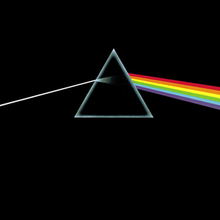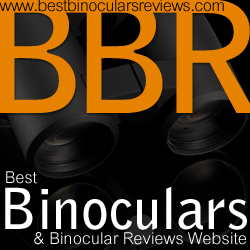Amazon has two high end sightron scopes one priced at $2900.
SIGHTRON SVIII 5-40x56mm ED FFP Riflescope, Zero Stop Illuminated LRM Reticle
Amazon.com : SIGHTRON SVIII 5-40x56mm ED FFP Riflescope, Zero Stop Illuminated LRM Reticle : Sports & Outdoors
Amazon.com : SIGHTRON SVIII 5-40x56mm ED FFP Riflescope, Zero Stop Illuminated LRM Reticle : Sports & Outdoors
smile.amazon.com
The other is priced at $1600. cheaper
SIGHTRON 25003 SIII 30mm Riflescope 10-50x60mm, Long Range MOA Reticle
Amazon.com : SIGHTRON 25003 SIII 30mm Riflescope 10-50x60mm, Long Range MOA Reticle : Rifle Scopes : Sports & Outdoors
Amazon.com : SIGHTRON 25003 SIII 30mm Riflescope 10-50x60mm, Long Range MOA Reticle : Rifle Scopes : Sports & Outdoors
smile.amazon.com
Who knows the difference at these dollar price points- where’s the value?
Last edited:



